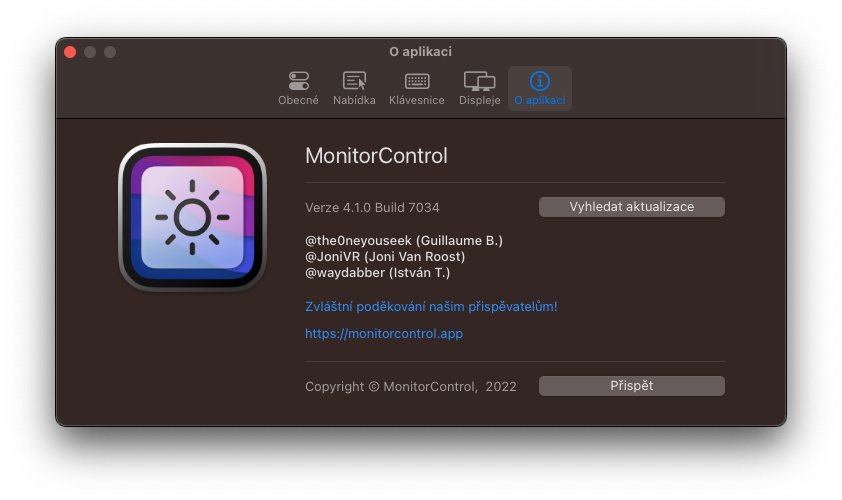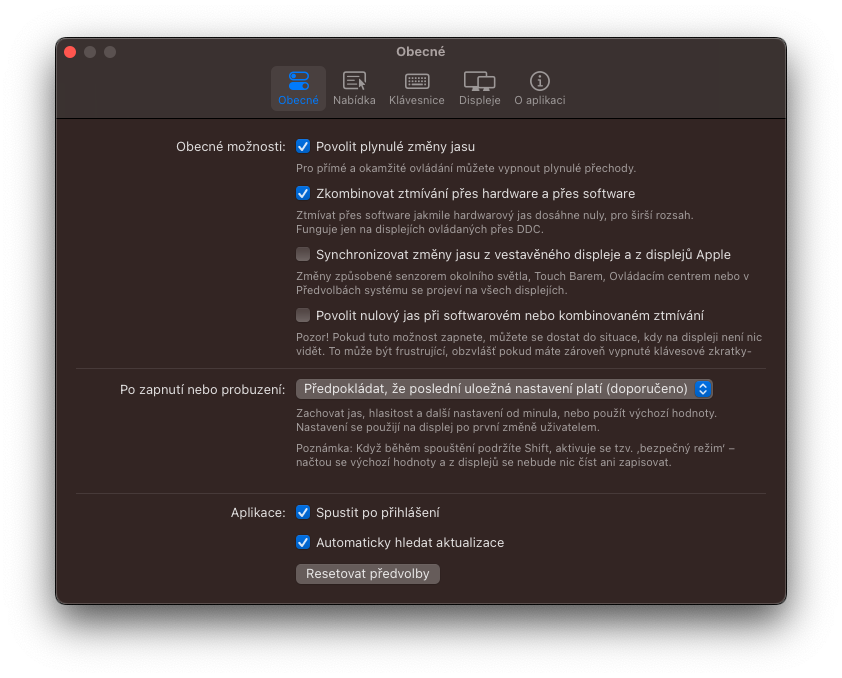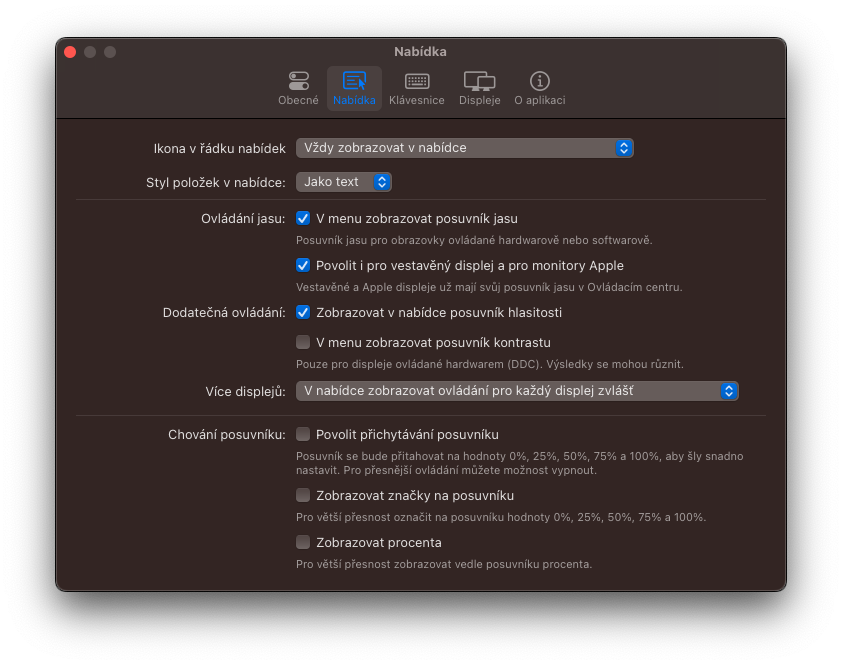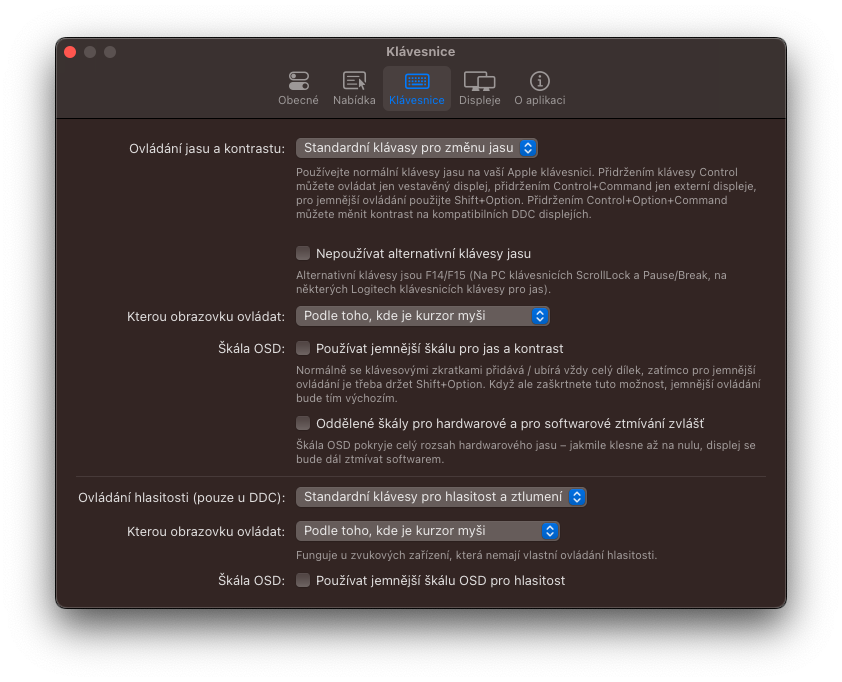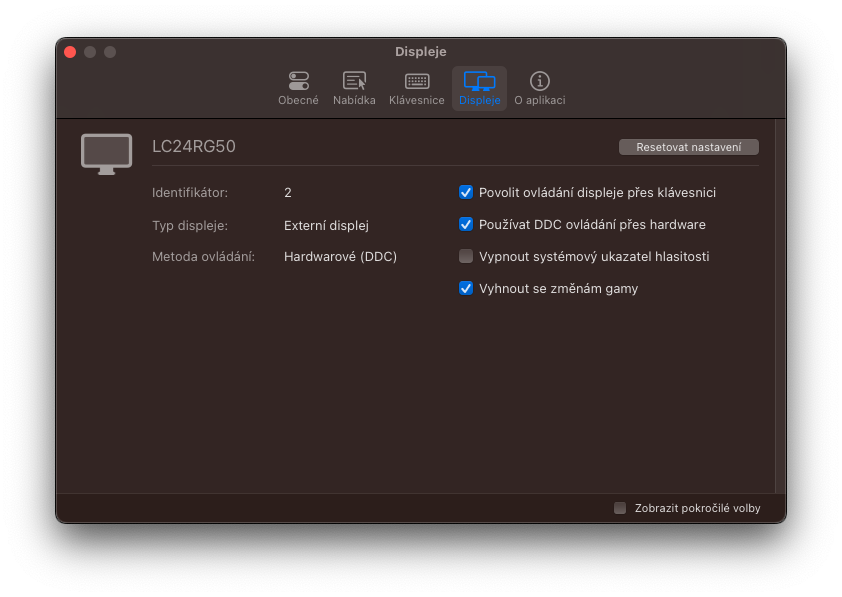If you use your Mac in combination with an external display, you may have noticed that in the vast majority of cases you can't simply adjust its brightness. The only option is to use the buttons directly on the monitor, where you have to click through everything and change the brightness manually. Unfortunately, this is one of the fundamental shortcomings of the macOS operating system. On the contrary, the competing Windows does not have such a problem and can handle brightness adjustment natively.
It could be interest you
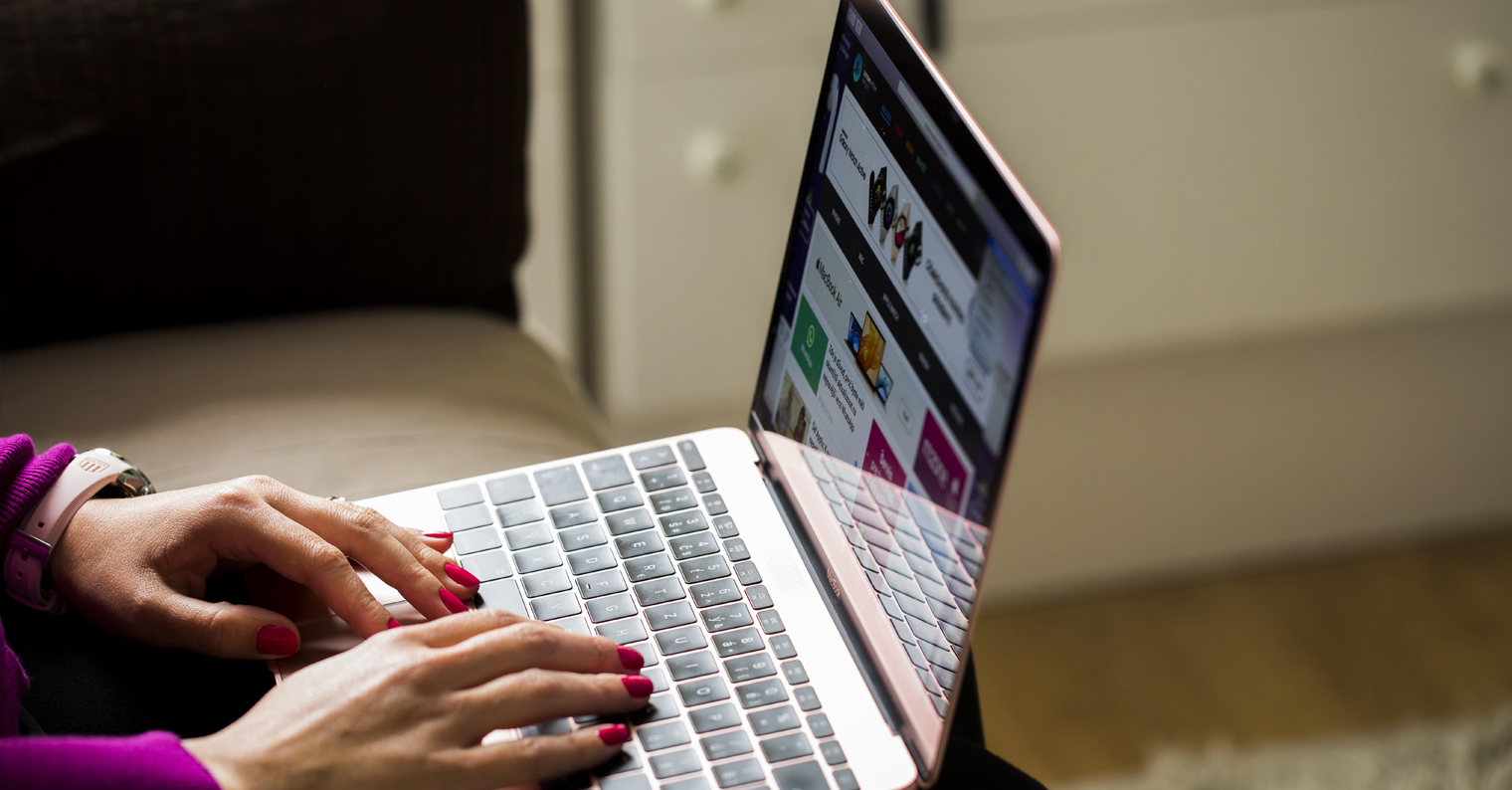
As we mentioned above, the inability to control the brightness of an external display is one of the fundamental shortcomings of macOS. But we would find more of them. At the same time, Apple computers lack, for example, a volume mixer, the ability to record system audio + microphone at the same time, and many others. But for now let's stay with the aforementioned brightness. This whole problem has a simple solution. And you will definitely be pleased that it is open-source and completely free.
MonitorControl as the perfect solution
If you would like to control the brightness of the monitor or the volume of its speakers directly from the system, then the application can help you playfully MonitorControl. As we mentioned above, this is an open-source utility that you can download for free directly from the developer's Github. Go to download it to this link and at the very bottom, in the section Assets, click on MonitorControl.4.1.0.dmg. In this case, however, you must have a Mac with macOS 10.15 Catalina or later. After that, all you have to do is install the application (move it to the Applications folder), run it, and you're practically done. After that, all you have to do is allow the app to use the keyboard (key for control). You can then control the brightness of the external display, possibly also the volume, using the classic keys in the F1/F2 position. An alternative option is to click on the utility from the top menu bar and then edit it.
But let's briefly indicate how it all actually works. Most modern LCD displays have the DDC/CI protocol, thanks to which the monitor itself can be controlled in hardware via DisplayPort, HDMI, USB-C or VGA. Whether it's brightness or volume. In the case of Apple/LG displays, this is even a native protocol. Nevertheless, we encounter certain limitations. Some displays use alternative MCCS over USB, or rely on a completely proprietary protocol, which makes them impossible to control in the same way. This applies in particular to EIZO brand monitors. In such a case, therefore, only software brightness adjustment is offered. At the same time, the HDMI connector on Mac mini with Intel CPU (2018) and Mac mini with M1 (2020) prohibits communication via DDC, which again limits the user to only software control. Fortunately, this can be worked around by connecting the display via a USB-C connector (USB-C/HDMI cables usually work). The same limitation applies to DisplayLink docks and adapters. Those on Macs do not allow using the DDC protocol.

So if you're looking for a reliable way to control the brightness of an external display without having to constantly reach for the monitor's buttons, MonitorControl seems like the perfect solution. In addition, the application offers extensive customization options. You can thus change, for example, keyboard shortcuts and a number of other settings. Personally, I really like that it's extremely easy to control the brightness both on the MacBook display and on the external monitor. In this case, the keyboard shortcuts adjust the brightness of the screen you currently have the cursor on. However, it can also be set so that the brightness is always the same on both displays. In that case, it depends on each user and his preferences.
 Flying around the world with Apple
Flying around the world with Apple 